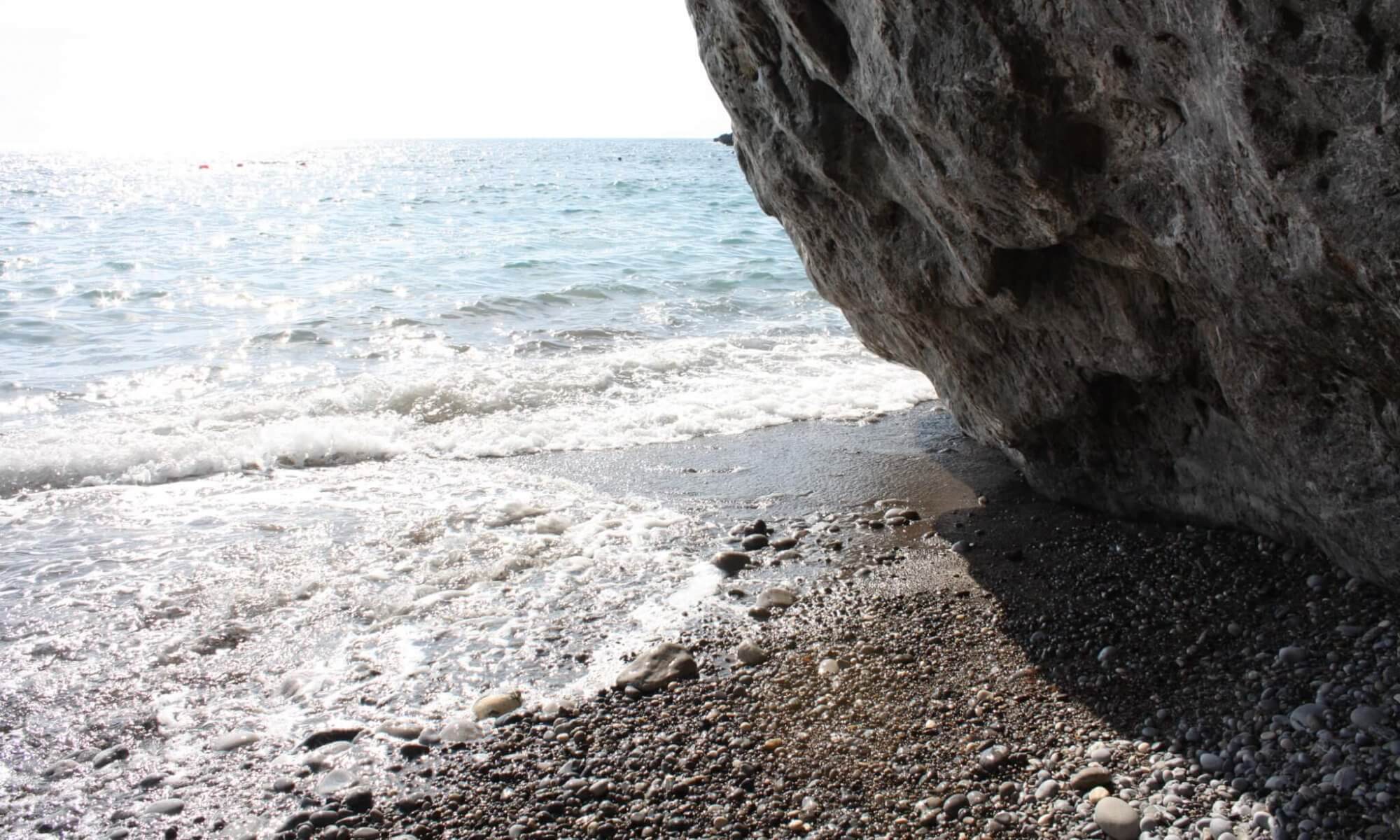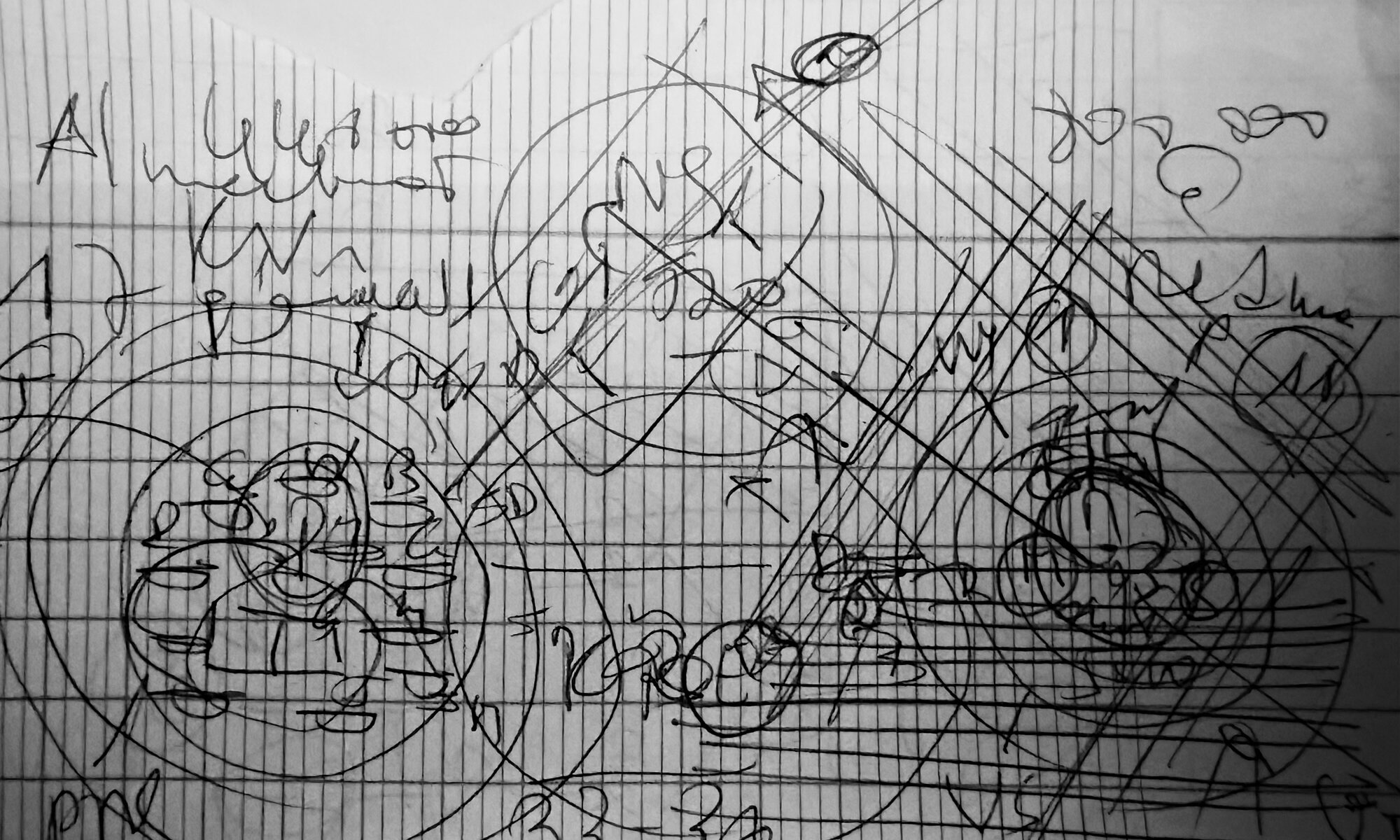When people visit Morocco, they typically visit the four villes impériales: Fès, Meknès, Marrakech and Rabat. These four have been capital cities throughout time for different dynasties of rulers: Idrisids (Fès), Almoravids (Marrakech), Almohads (Marrakech), Marinids (Fès), Saadis (Marrakech, Fès) and Alaouites (Fès, Meknès, Rabat). They shaped their favorite cities, contributed new buildings to them and left their traces.
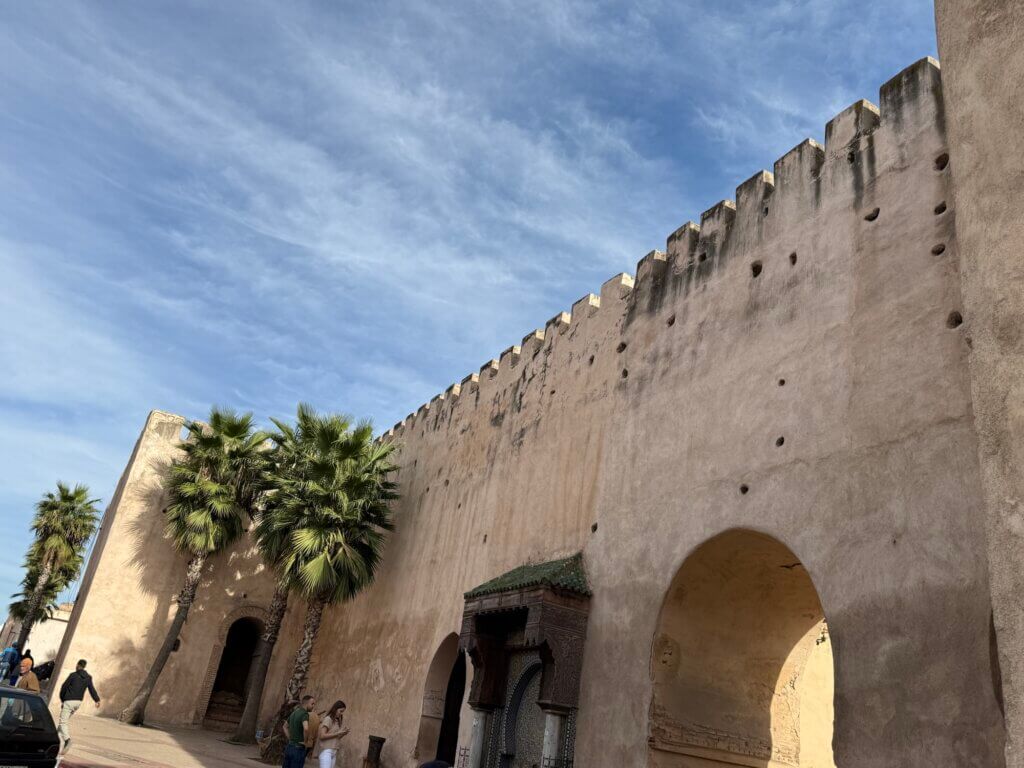
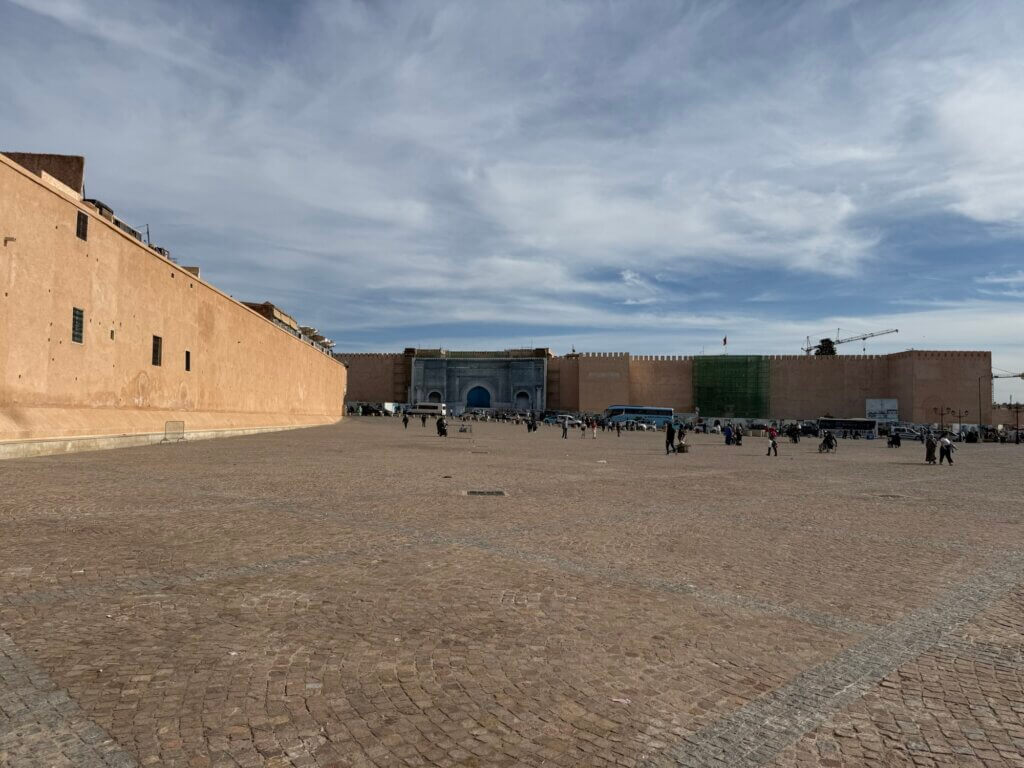
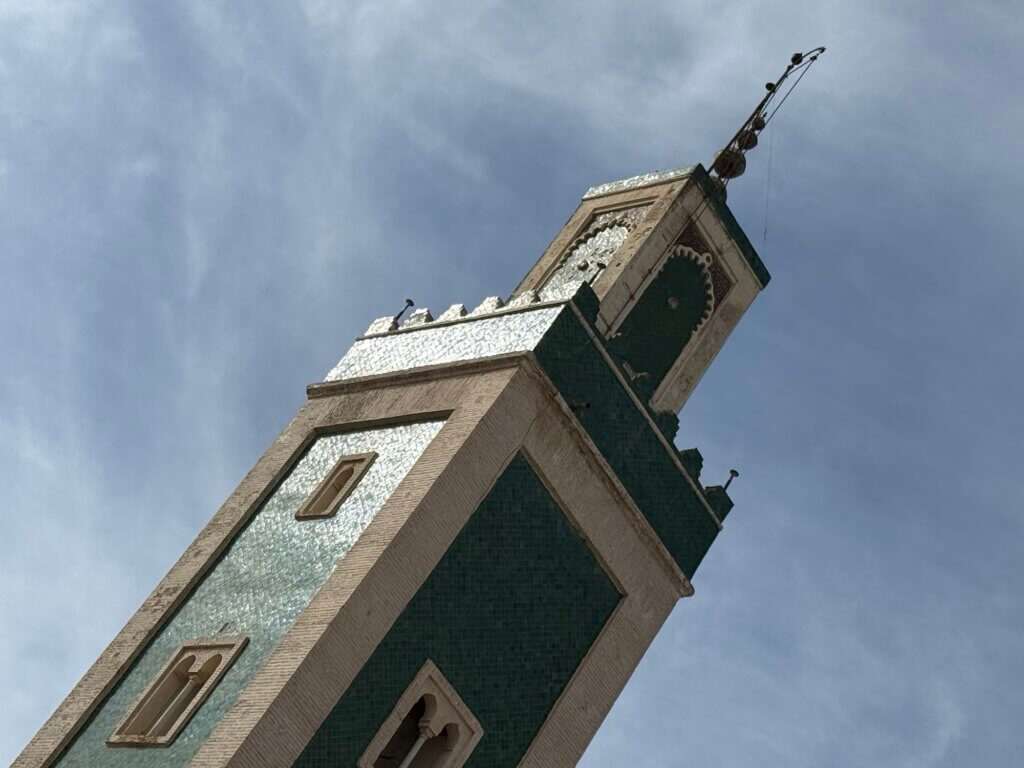
A classic ville impériale always has three parts: the Medina for the ordinary people, just protected by one wall; the ville royale with the royal palace surrounded by multiple walls and the ville nouveau, the new town typically without any historic traces. Between these three components you can find a large main square like the Place Boujloud at Fès, Place Bab El Had at Rabat, the Place Lahdim at Meknès and of course the Place Jemaa el-Fnaa at Marrakech. The Medina is well-structured as well: in the center you’ll always find the main mosque that is the first to call for prayer. Around it you’ll always find a fountain, a library and an Islamic college – as well as the souk and silent, non-disturbing crafts. Noisy and dirty business is located in the outer part close to the walls. If you’re blind you could navigate in the Medina just by following your ears and nose.
When you get lost in the Medina for the very first time you’ll observe some principles: there are main streets that pass through the Medina, but most streets are labelled as ‘derb‘ – dead-end-streets. Never enter one of you want to pass through the city. The rich people always live at the end of the street, the cheaper houses are at the beginning. The typical architecture of houses is that there are no windows to the outside; the rooms all focus on an inner courtyard that contains a garden or a pool (‘riad‘), if a house doesn’t follow that rule it is a simple ‘dar‘. You can observe these patterns in all villes impériales but also in all of Morocco.
Villes impériales du Maroc
Fès, Meknès, Marrakech, Rabat
Morocco
Loading map...

